KNOW YOUR HISTORY PART 5 :- IN SEARCH OF 1000 YEARS OLD ANCIENT HINDU TEMPLE AND MYTHOLOGICAL HISTORY OF OLD HINDU KINGS AND THERE LIFE STYLE. PART #1
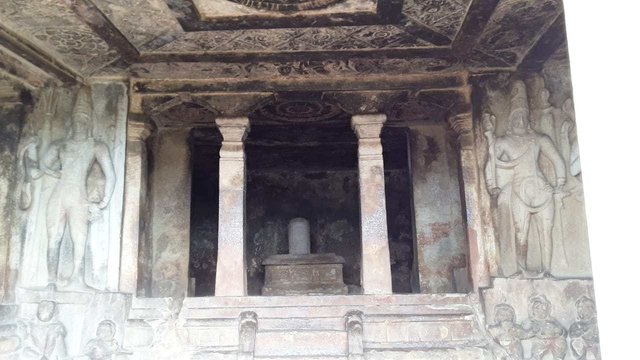
Photo Courtesy kafirmusafi
... Looking for the oldest Hindu temple - Part 1
***oldest Hindu temple which is still fairly intact? The answer is not easy. Moreover, we have to consider what we mean by Hindu and what we mean by temple. The answer to that question can be gradually sought out. Rather, we put our journey ahead of it a little. The ride will be the first to stop at Ihole in Karnataka. Bengalis say who is wrong with Aihole. Aihole is called a Hindu temple-building workshop. The structural temple made of stone, so large, so numerous, in such a dilapidated state - has never been seen before. However, many of the later echelons - the sixth century - were made under the patronage of the Chalukyas. What was before that?? ***
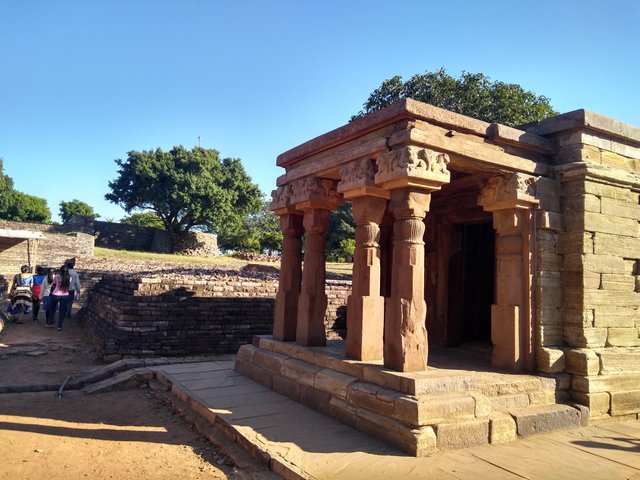
Photo Courtesy kafirmusafi
The answer is in iHole itself. The Larkhan Temple is considered to be the oldest temple in Aihole. If you look at this temple, you will understand that this stone temple is built like a wooden temple. Because in its earlier age, the temple was made of wood. They are not existed to be until today. However, the Ladakhan Temple signifies the combination of wood and stone - the era of the stone temple has begun, but theartists have retained wooden styles.
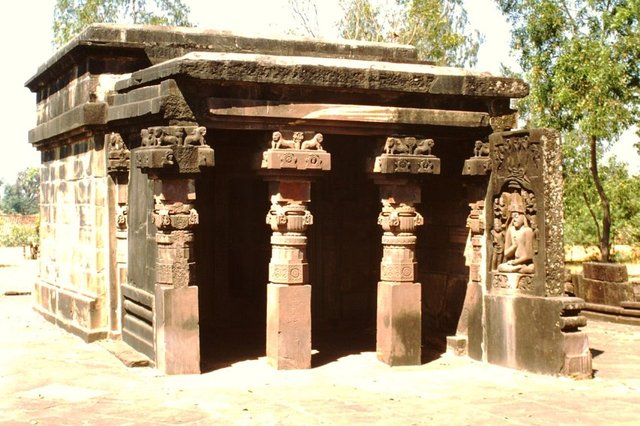
Photo Courtesy kafirmusafi
Also another answer is hidden in ihole. Ravanfandi. This is a cave. That is, besides the wooden temple, there was a cave. Where was the old cavern from Ravanfandi? Come on, another century ago. Ajanta - Fifth Century - Creation under the patronage of the Baktak kings. However, Ajanta's cave is not a Hindu temple. They are Buddhist architecture. It should be remembered that in the pre-Gupta period, the Buddhist industry was more invested than the Hindu industry. The Shunga and the Satavahanas, though Hindu, sponsored much of the Buddhist industry, and the Guptas, though Hindu, gave equal importance to the art of the two religions - which introduced the secularism of India in that era. Probably the Chalukyas were the first big dynasties who invested more in the art of Hinduism than Buddhism. However, there was another cave in Ajanta's contemporary. Udayagiri - Bidisha in Madhya Pradesh.
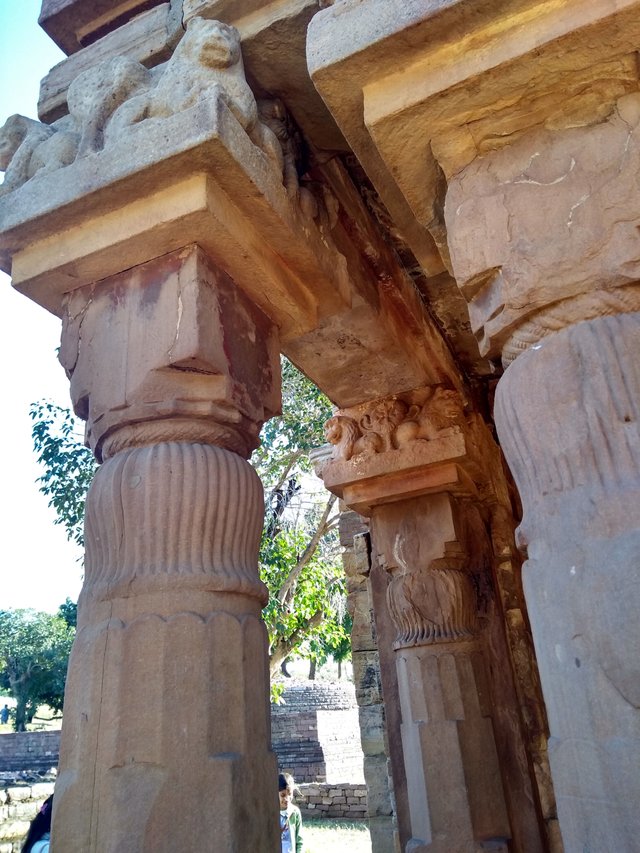
Photo Courtesy kafirmusafi
Udyogiri is certainly one of the possible answers to our question when considering the cave as a temple. Before Ihole, structural architecture in India was less, cave or hill cut architecture was more - it was less difficult to move stones. The Udayagiri was built under the patronage of the Gupta kings in the fifth century. Udayagiri is for the famous huge rock-embossed Barah idol - who, with the tip of his nose, has pulled the water level to save earth from the deluge. The implementation of this dramatic scene introduces a beautiful artistic sense. And there is the face of Shiva. And the form we see today, the eternal Vishnu and the form of Dasbhuja Maheshusurmardini Durga. That is, the Hindu iconography has not changed very dramatically in the next five years - addition has certainly happened. That is, entrepreneurship indicates a much-changed iconography. The question arises when looking at an iconic iconography, where are its predecessors hiding? I do not know the answer to this. (I am not talking about the maturity of art, I am talking about the maturity of the iconography.)
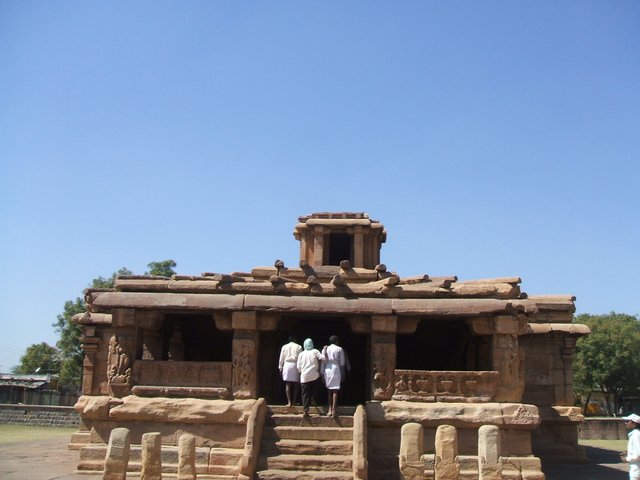
Photo Courtesy kafirmusafi
***This is a cave temple, but is not the structural temple older than the Ihole? There is This is in Vidisha. Next to the Sanchi Stupa is the "Secret Temple 17" of the Gupta Age. The little plain. There are not many idols in the temple. Some lion on the head of an empty pillar. Notice, the lotus flower that covers on the head of the pillar, which is seen in Buddhist art. Think of the Ashoka pillar, part of which is the national symbol of India. The head of the Ashoka pillar is also inverted lotus, and the four lions on its head - here too - the only difference is that the Ashoka pillar is much more crafted and the lions stand.***
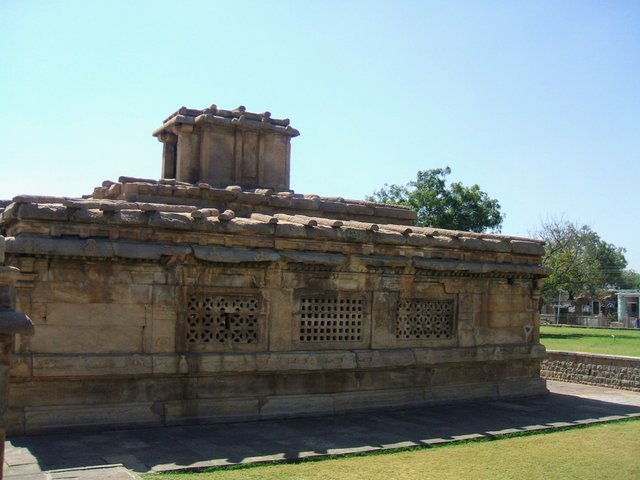
Photo Courtesy kafirmusafi
The historical significance of Temple 17 is of great importance. Because it is one of the oldest structured Hindu temples. Its contemporary Hindu temples of the same style - made by the Gupta Rajas - are few in Madhvara (like the Kankali Devi Temple - Tigawa in Madhya Pradesh). In the Gupta era, however, Brahmahihir composed the Great Samhita - a guideline for temple art and other arts. It is a compilation of the older scriptures - that is, the styles that preceded it. That is, the standardization of the temple industry began from the Gupta period.
We saw the Chalukyas and the Gupta Age. This time, the question is, is there anything older than the temples of the Gupta era? It is interesting that the answer lies in this Bidisha! Wait for the next episode.
information courtesy - my history books and wikipedia